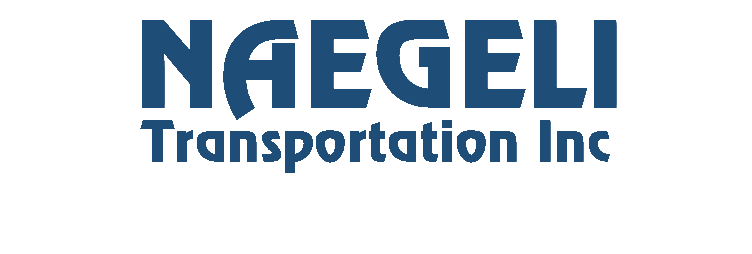The complexity associated with LTL rates and RFP processes makes formal bids difficult to navigate—and even more difficult to navigate successfully. Errors stemming from manual tools and dense spreadsheets—no matter how careful you are—can wreak havoc on a shipper’s RFP strategy. In the worst-case scenario, these errors can easily amount to hundreds of thousands or even millions of dollars in wasted freight spend.
Add to the mix any requirements beyond the most basic specifications, such as international transportation or shipping across multiple business units—all under the same RFP—and these complexities can quickly turn into cost inefficiencies, lead to poor visibility, or become catastrophic errors.
The good news is that unexpected costs and shipping inefficiencies don’t have to be the end result; shippers have a growing list of options to turn migraine-level bidding headaches into a quick and painless process. For one global healthcare company seeking to avoid these frustrating outcomes—while simultaneously unlocking the benefits of multiple countries and business units under one RFP—powerful automation proved to be the missing piece to the RFP puzzle.
Let’s take a look at four reasons why automated LTL RFP processes are equipped to help save the day:
Comprehensive access to carriers. For this global healthcare company, capacity across the U.S. and Canada was a must. By using an automated RFP solution, this company can easily access hundreds of carriers to see which carriers have the right capacity to handle their specific needs.
Say goodbye to manual errors. When it comes to LTL RFP processes, some complexity is hard to avoid. But using spreadsheets and emails to negotiate with carriers and navigate the bidding process introduces unnecessary errors and human mistakes to the process. Automated bidding processes and built-in accuracy checks can cut down on these painful mistakes.
Maximize RFP efficiency. Beyond the efficiencies gained from automating tasks that might otherwise still be executed manually, automated LTL RFP tools also reduce bid turnaround times. An additional structure created by standardized form fills and proposal templates make it easier to compare and assess each carrier’s bid.
Make more informed data-driven decisions over time. Many of the leading LTL RFP solutions retain bid history and shipping performance over time. As a result, shippers can begin to get smarter and make bidding decisions that replicate peak historical performance. Compare shippers across more than just rates—see metrics including timely delivery and customer satisfaction.
Ready to see how the entire story unfolds? Read the customer case study here to explore how the SMC³ Bid$ense solution simplified and streamlined the bidding analysis process, while providing data-driven information and significant cost savings to a global healthcare organization.
